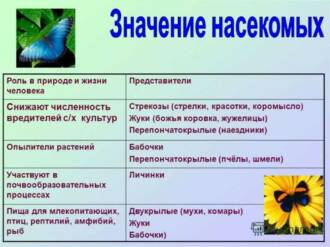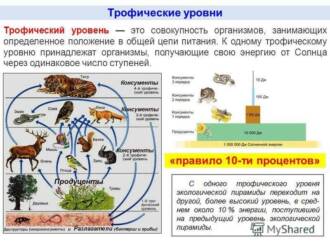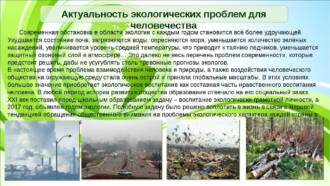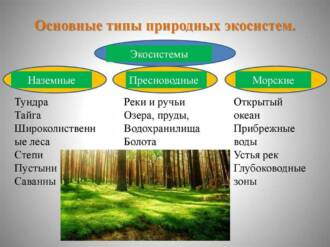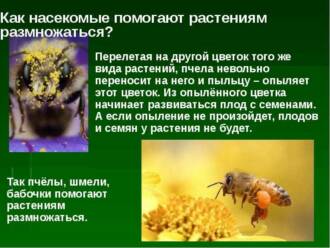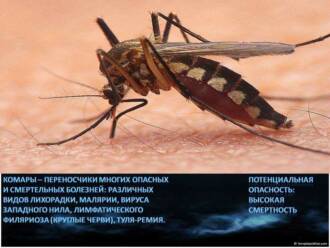
Butterflies play an important role in nature, influencing the ecosystem and having a significant impact on the environment. They are one of the key components of biodiversity and perform a number of important functions.
First, butterflies are important plant pollinators. They carry pollen from one flower to another, helping plants reproduce and maintain their genetic diversity. Without butterflies, many plants would not be able to ensure their reproduction and continuation of the life cycle.
Secondly, butterflies serve as food for many animals, including birds, bats, and insectivores. They are an important link in the food chain and provide food for other species, maintaining a balance in natural communities. Without butterflies, many animals would lose their main food source and face survival problems.
In addition, butterflies are indicators of the state of the environment. They are sensitive to changes in climate, air quality and pollution. If the number of butterflies is reduced or they disappear from a certain area, this may be a signal of an ecological imbalance and problems in the ecosystem.
So, the role of butterflies in nature cannot be overestimated. They are important pollinators, food for other animals, and indicators of environmental health. The conservation and protection of butterflies is of great importance for maintaining the biodiversity and ecological balance of our planet.
Why are butterflies important to nature?

Butterflies are one of the most beautiful and amazing creatures on the planet. They play an important role in nature and have a significant impact on the ecosystem.
Species diversity and plant pollination

Butterflies are important plant pollinators. When they collect nectar from flowers, pollen grains remain on their legs and head. As they move from flower to flower, butterflies carry pollen and help pollinate plants. It is a process necessary for the propagation of many plant species and the maintenance of their populations.
Participation in the food chain
Butterflies play an important role in nature's food chain. Butterfly larvae are food for many animals such as birds, frogs and lizards. Adult butterflies are also a food source for some birds and mammals. Thus, butterflies serve as an important link in the ecological system, providing food for various animal species.
Ecological Status Indicators
Butterflies are sensitive to changes in the environment and can serve as indicators of the ecological state. Their presence or absence in certain areas may indicate changes in habitat quality and the presence or absence of certain plant species. Therefore, studying butterflies and their populations can help learn about changes in an ecosystem and take action to conserve it.
Hatchling butterflies such as monarchs can travel thousands of miles to reach their destination. This amazing migratory behavior also arouses the wonder and admiration of scientists and nature lovers. Butterflies are not only beautiful, but also play an important role in nature, maintaining a balance in the ecosystem and serving as indicators of changes in the environment.
How do butterflies affect pollination of plants?

Butterflies play an important role in nature by pollinating plants. They are one of the main pollinators, helping plants reproduce and providing species diversity in the ecosystem.
Butterflies pollinate by visiting flowers to feed on nectar. While visiting a flower, a butterfly accidentally transfers pollen from a stamen to the pistils of another flower, contributing to the pollination of plants. In this way, butterflies play the role of pollen carriers, promoting mixing of genetic material and plant diversity.
In addition, butterflies also help pollinate plants by traveling distances between different locations. They can fly considerable distances, carrying pollen from one place to another. This is especially important for plants that cannot spread their pollen on their own and need the help of pollinators.
Thus, butterflies play an integral role in nature, contributing to the pollination of plants and the maintenance of biological diversity. Their activity and visiting flowers significantly affect the process of pollination and reproduction of plants, which makes them indispensable participants in the ecosystem.
Butterflies as indicators of the ecological state
Diversity of species and their adaptation
Butterflies are one of the most numerous groups of insects and occupy an important place in nature. They play the role of indicators of the ecological state, since their diversity and quantity in a particular region can indicate the state of the ecosystem. Due to their sensitivity to environmental changes, butterflies can serve as indicators of ecological balance.
Butterflies have different strategies for survival and adaptation to their environment. They have a variety of colors, wing shapes, and behaviors that allow them to make efficient use of available resources. Some species of butterflies are specialized for certain plants and may be indicators of the state of their populations. For example, if a certain butterfly species becomes rare or disappears, this may indicate deteriorating conditions for its primary plant partner.
Sensitivity to change
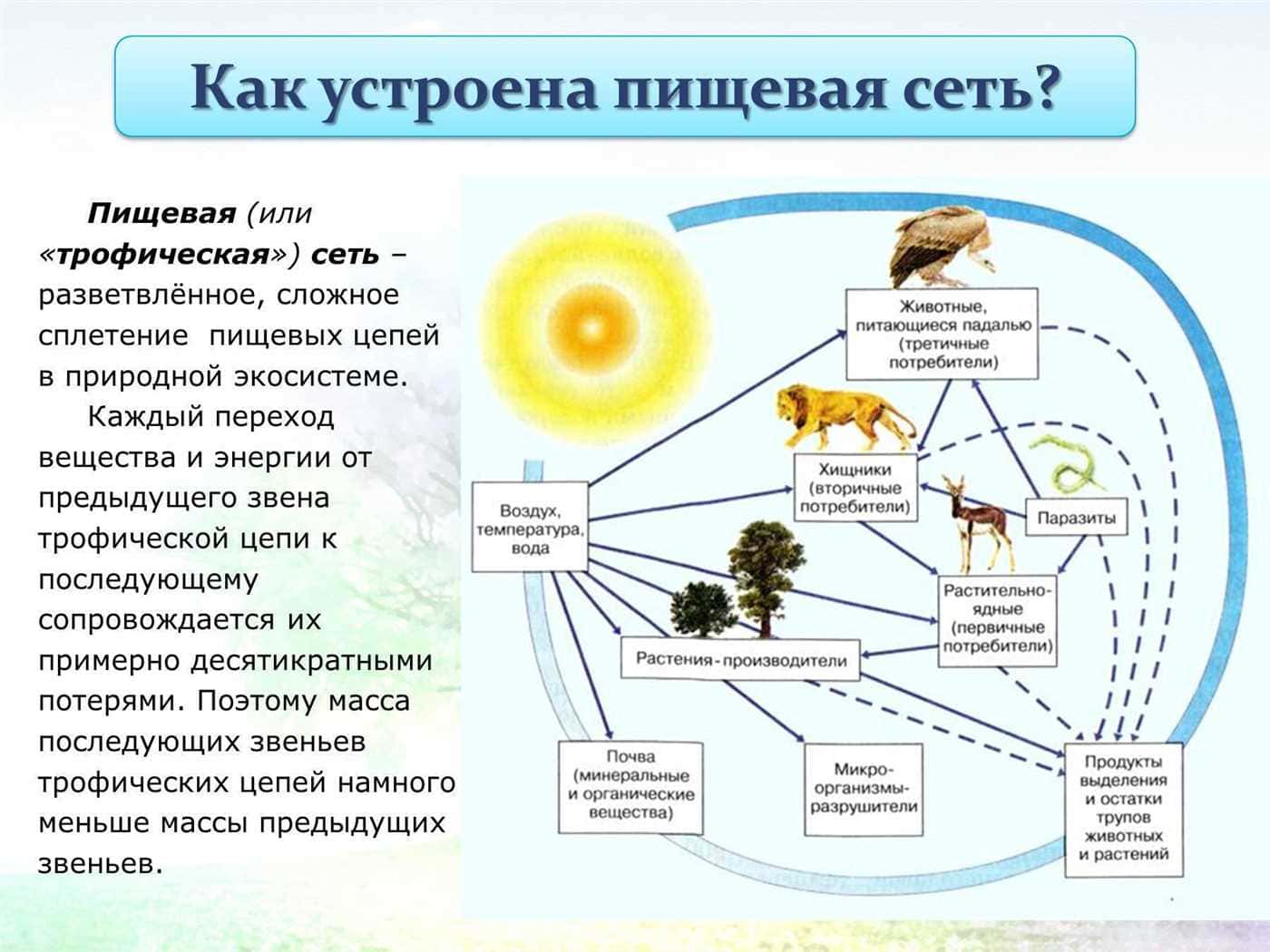
Butterflies can also be sensitive to environmental changes such as air pollution, loss of natural habitats, and climate change. Their presence or absence in a certain region may indicate an imbalance in the ecosystem. For example, if the number of butterflies is decreasing, this may indicate a decrease in the abundance and diversity of other insects, which are the main food source for birds and mammals.
Thus, butterflies play an important role in nature, helping us to assess the state of the ecosystem. Their presence or absence can be an indicator of nature conservation and allows us to take measures to preserve biological diversity and improve the ecological situation in the region.
The role of butterflies in the food chain

Butterflies play an important role in nature, including their importance in the food chain. They are a food source for many animals, including birds, frogs, and mammals.
Vegetation: Butterflies interact with plants at different stages of their life cycle. For example, caterpillars feed on plant leaves, which can affect their growth and development. In turn, butterflies, adults, can pollinate flowers of plants, contributing to their reproduction and preservation.
Food chain: Butterflies are part of the food chain where they occupy different positions. Caterpillars, eating plants, become food for many predators, such as birds and insectivorous animals. Adult butterflies, in turn, can serve as a food source for birds and other predators. Thus, butterflies are an important link in the food chain, maintaining a balance in the ecosystem.
Spreading: Butterflies also play a role in plant dispersal. When a butterfly visits a flower, it can carry pollen from one flower to another, promoting plant pollination and diversity. This helps maintain plant diversity in the ecosystem and provides a food base for other organisms.
The influence of butterflies on the diversity of the plant world
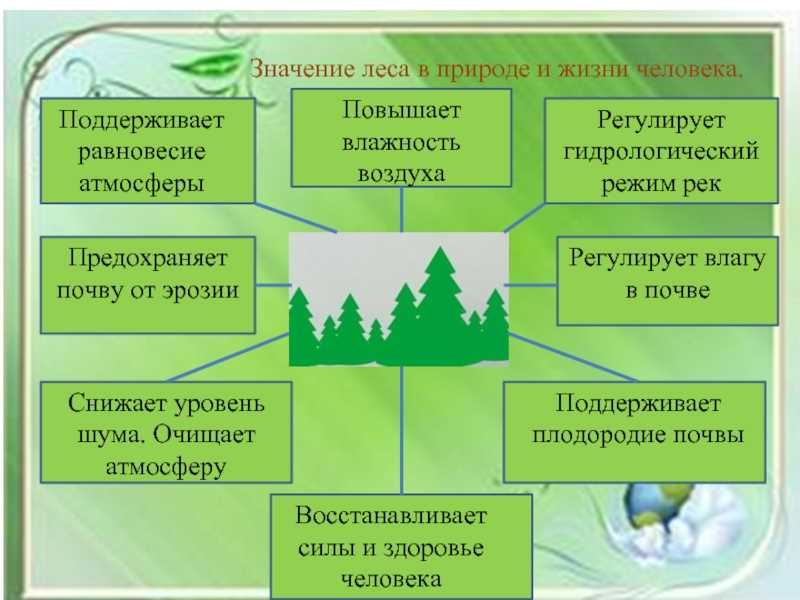
The role of butterflies in nature is invaluable, especially in the context of the diversity of the plant world. Butterflies are one of the main pollinators of plants, playing an important role in their reproduction and distribution.
One of the ways butterflies contribute to plant diversity is through the transfer of pollen. When visiting flowers to feed on nectar, butterflies inevitably come into contact with pollen that sticks to their bodies. After that, when the butterfly flies to another flower, pollen is transferred from its body to the flower, which contributes to pollination and the subsequent formation of seeds.
In addition, butterflies also play an important role in the dispersal of plant seeds. They can carry seeds on their body or in their food tract and spread them over long distances. This is especially important for plants that cannot propagate on their own, for example due to the lack of winged seeds or their own mechanisms for dispersal.
Thus, the role of butterflies in nature is of great importance for the diversity of the plant world. They are important pollinators and seed dispersers, contributing to the conservation and reproduction of plants of various species and varieties.
Importance of butterflies in biological pest control
The role of butterflies in nature includes not only their beauty and aesthetic value, but also an important function in the biological control of pests. Butterflies are one of the most efficient predators in the insect world, their larvae and adults actively feed on harmful insects, controlling their numbers and preventing significant damage in agriculture and horticulture.
Butterflies have a variety of adaptations and strategies that enable them to deal effectively with pests. Some species of butterflies can lay their eggs on plants that feed on pests, and the larvae will feed on these insects, destroying them. Other butterflies may use mimicry or scaring techniques to protect themselves from predators and at the same time serve as effective pest hunters.
The importance of butterflies in pest control is highlighted by their ability to pollinate plants. When butterflies visit flowers, pollen grains stick to their bodies and are transferred to other flowers, promoting pollination and plant reproduction. Without the participation of butterflies, many plants will not be able to continue their existence and development.
The importance of conservation and protection of butterflies in nature lies in their role in the biological control of pests and maintaining the balance of the ecosystem. They help to prevent the growth of harmful insects, contribute to the pollination of plants and the enrichment of biodiversity. Therefore, protecting and restoring the habitat for butterflies is an important task to preserve natural harmony.
Contribution of butterflies to biodiversity conservation
The role of butterflies in nature is an important element in the conservation of biodiversity. Butterflies perform a number of functions that help maintain the ecosystem and bring balance to nature.
Pollination of plants

One of the important roles of butterflies in nature is the pollination of plants. Butterflies, feeding on the nectar of flowers, carry pollen from one plant to another, contributing to their pollination. This process allows plants to reproduce and ensures the diversity of the plant world.
Seed spread
Some species of butterflies, especially those that feed on rotting fruit and fruit, play an important role in the dispersal of plant seeds. They carry seeds from place to place, helping plants reproduce and expand their range.
Food for other animals

Butterflies also serve as food for many other animals such as birds, frogs and lizards. Their presence in an ecosystem provides a food chain and helps maintain balance in populations of various animal species.
Thus, the role of butterflies in nature is indispensable for the conservation of biodiversity. They perform important functions related to plant pollination, seed dispersal, and serve as a food source for other animals. Therefore, the protection and conservation of butterflies and their habitat is essential to maintain the ecosystem and balance in nature.
Threats facing butterflies and their impact on the ecosystem

Butterflies play an important role in nature, but they also face various threats that can have a negative impact on the ecosystem. One of the main threats is the loss and destruction of the natural habitat of butterflies. Due to the development of agriculture, urban development and deforestation, many species of butterflies are losing their habitats and food plants, which leads to a reduction in their numbers.
However, the threats to butterflies are not limited to habitat loss. The use of pesticides in agriculture also has a negative impact on butterfly populations. They can die from poisonous chemicals that are applied to the plants they feed on.
Another threat is climate change. Due to global warming and climate change, many butterfly species are facing changes in the distribution and availability of food plants. This can lead to a decrease in the number of butterflies and even the extinction of some species.
Given the role of butterflies in nature, their threats have serious consequences for the ecosystem. Butterflies are important plant pollinators, aiding in the flowering and reproduction process of many plant species. In addition, they serve as a food source for many other animals, including birds, bats, and insectivorous insects. Therefore, if the number of butterflies decreases or they disappear, this can lead to an imbalance in the ecosystem and a decrease in biodiversity.

